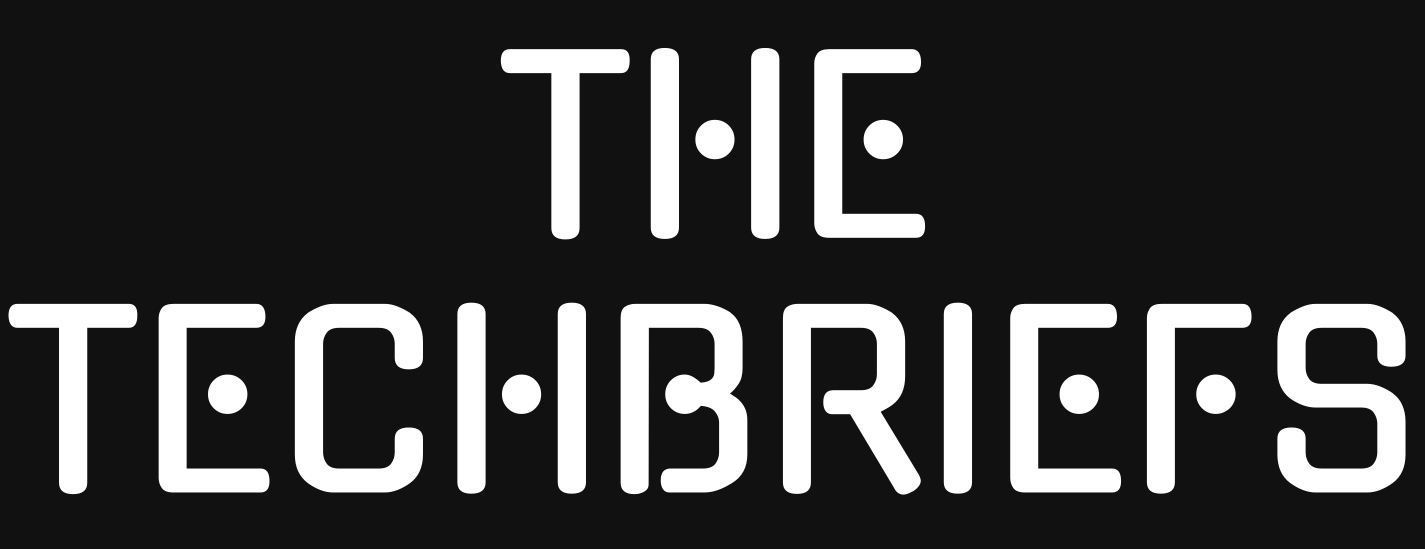Workload orchestration is vital in our modern world, where automating the management of application microservices is more important than ever. Docker Swarm and Kubernetes are tools that allow you to orchestrate container deployments in distributed environments. Deciding whether to go with Docker Swarm or Kubernetes can be tricky. To help make your choice a little easier, let’s briefly explore some of comparisons between Docker Swarm and Kubernetes so that you can better decide your right container orchestration tool. Stay tuned!
What is Container Orchestration?
Container orchestration automates deployment, scaling, and management of containers. It’s a key benefit in any cloud computing or virtualized setup as it eliminates manual processes and allows seamless management across multiple environments.
Read more: Top DevOps Tools for Seamless Salesforce CI/CD Integration
What is Docker Swarm?
Docker Swarm is Docker’s native container orchestration solution i.e. Simple, fast, and fully integrated with Docker CLI.

Key Features
- Native Docker support.
- Built-in load balancing.
- Easy setup and configuration.
- Lightweight and fast.
Ideal For
- Small to mid-sized projects.
- Dev teams new to orchestration.
- Projects needing quick deployment.
What is Kubernetes?
Kubernetes (or K8s) is a powerful, open-source orchestration platform originally developed by Google. It’s become the industry standard for managing complex, scalable containerized applications.

Key Features
- Auto-scaling and self-healing.
- Rolling updates and zero-downtime deployments.
- Large ecosystem such as Helm, Istio, Prometheus.
- Strong community and vendor support.
Ideal For
- Large-scale, production systems
- Microservices architectures.
- Complex DevOps pipelines.
Read more: Kubernetes vs. OpenShift: Choosing the Right Container Platform
Docker Swarm vs Kubernetes: Feature Comparison Table
| Feature | Docker Swarm | Kubernetes |
| Dashboards | Can be integrated with a third-party tool like Swarmpit or Dockstation for a GUI | Built-in dashboards through Web UI |
| Ease of Use | Simple & quick setup | Steeper learning curve |
| Scalability | Good for small clusters | Built for large-scale systems |
| Performance | Lightweight, faster startup | More robust under heavy load |
| Ecosystem | Minimal tooling | Extensive tools & integrations |
| Community Support | Smaller | Massive, active open-source base |
| Load Balancing | Built-in | Requires config or external tool |
| Security | Depends on network-level security through authenticated TLS, where security certificates are frequently rotated between nodes | Enterprise-grade security controls like pod security policies, SSL, RBAC authorization, secrets management, and many others. |
| Resource Requirements | Low | Higher |
Which One Should You Choose in 2025?
Choose Docker Swarm If
- You’re new to container orchestration.
- You need fast setup with minimal learning.
- Your use case is simple or small-scale.
Choose Kubernetes If
- You need enterprise-level orchestration.
- Your system requires high availability and auto-scaling.
- You plan to expand and integrate advanced DevOps tools.
Final Thoughts: Kubernetes or Docker Swarm?
There’s no one-size-fits-all answer but there is a smart one for your use case.
- Docker Swarm offers simplicity and speed.
- Kubernetes offers control, scalability, and ecosystem power.
Still unsure? Many teams start with Docker Swarm, then transition to Kubernetes as their needs grow.
Need Help Choosing or Deploying a Container Platform?
At Techwrix, we specialize in unbiased technical advice and deep-dive articles to help you make informed infrastructure decisions.



